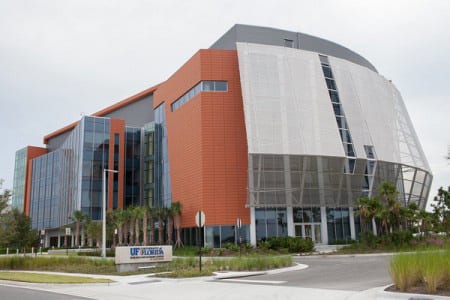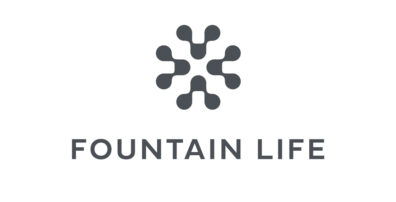
We are, no doubt, facing tough times in health care today. But is it civil war or is it evolution?
Imagine being a medic on a battlefield. Your patient has lost his right hand and is bleeding profusely. But consider this: what if you could instantly stop the bleeding by artificially creating a scab?
Well, that may become a reality sooner than you think. In fact, Johnson & Johnson is testing a product right now that can do this.
“You apply this hemostat, and within two minutes you get complete hemostasis, and it can completely be reabsorbed into the body,” said Alex Gorsky, CEO of Johnson & Johnson, during the Lake Nona Impact Forum held in Orlando last month. “ This can really transform the way we control bleeding.”
And it’s just one example of what one company is doing in terms of health care innovation. To really move the needle, though, experts say it will take a collective effort, not just from medical professionals, insurers and researchers across the board, but from the American public, as well. And now’s the time to do it; finding solutions like this has never been more crucial than it is right now.
“These are arguably some of the most tumultuous times in health care,” said Rasesh Thakkar, senior managing director of Tavistock Group, which created Central Florida’s ingenious Lake Nona Medical City. “But instead of looking at these tough times as a point of revolution, instead we engage these times as a turning point in health care evolution.”
So how exactly do we move forward in a productive, smart way? “We’ve probably figured out the single receptors side of medicine,” said Gorsky. “The things we are treating now are more complex. It’s like a Rubik’s Cube, where you have to take numerous approaches to come up with a very different approach.”
That said, Johnson & Johnson has a huge focus on innovative thinking. The company is doing things with lenses on the eye that are “borderline bionic.” They are making inroads in anesthesia. And when it comes to colonoscopies, they have developed a computer that, in real time, measures Propofol levels and lessens the amount of time you have after procedures, reduces the costs of having an anesthesiologist and improves the standard of care.
There’s no doubt, technology and innovation are certainly helping to transform the human condition. However, “technology is only as good as how we combine it with humanity,” said Dr. Nancy Snyderman, chief medical editor at NBC News, who was also among the delegates at the Forum. “We have the chance to marry the two.”



